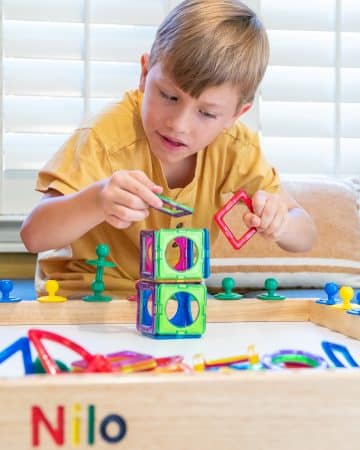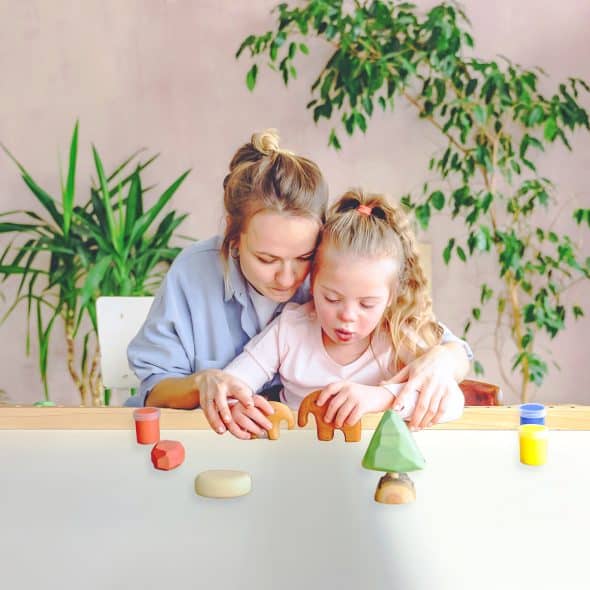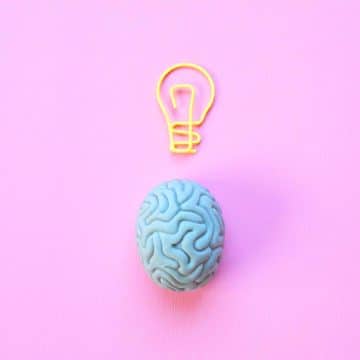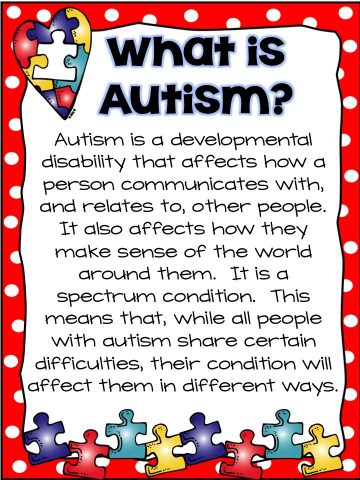
Cerebral palsy is a motor disability that affects muscle control and movement. Spreading awareness of cerebral palsy is crucial for helping adults better understand ways they can support children with this condition. Educating ourselves about cerebral palsy can help us become better allies and advocates for children with this condition. Plus, educating ourselves can make the world a more inclusive and supportive place for everyone. Cerebral palsy is a lifelong disability that affects muscle control and movement, and it can impact a child’s ability to play, learn, and interact with others.
By raising awareness of cerebral palsy, adults can better understand the challenges that children with this condition face and learn ways to support them in their daily lives. This can include providing appropriate toys and tools, creating accessible environments, and promoting inclusion and acceptance.
With the right toys and tools, children with cerebral palsy can still enjoy playtime and engage in activities that promote development and growth. Here are some types of cerebral palsy toys and how they can help in different ways:
- Sensory Toys
Sensory toys provide different tactile experiences that can help children with cerebral palsy develop sensory processing skills. These toys come in various shapes, sizes, textures, and colors, and can include items such as fidget toys, squishy balls, and textured mats. They are designed to stimulate different senses, including touch, sight, and sound.
For example, squishy balls can help children develop grip strength and hand-eye coordination. Textured mats can help children develop their balance and gross motor skills. Sensory toys also help children explore their surroundings and develop their curiosity.
Nilo Hammer’N’Nail sets also fall into this category as Nilo nails are great to clutch onto and play with. They also teach practical skills with the toy hammer functionality.
- Adaptive Toys
Adaptive toys are specifically designed for children with physical disabilities such as cerebral palsy. They are modified to be more accessible and user-friendly. They can include items such as switch-activated toys, adapted ride-on toys, and specially designed puzzles.
For example, switch-activated toys can be activated with a simple press of a button, making them ideal for children with limited mobility. Adapted ride-on toys can help children improve their balance and coordination while providing a fun and interactive experience. Specially designed puzzles can help children develop problem-solving and fine motor skills.
- Educational Toys
Educational toys help children learn and develop new skills, such as language, math, and science. They are designed to be interactive and can include items such as alphabet blocks, counting toys, and science kits.
For example, alphabet blocks can help children learn the alphabet, develop their vocabulary, and improve their fine motor skills. Counting toys can help children learn to count, understand basic math concepts, and improve their hand-eye coordination. Science kits can help children develop their curiosity and learn about the world around them.
- Music Toys
Music toys provide an enjoyable and stimulating way for children with cerebral palsy to develop their auditory and motor skills. They can include items such as musical instruments, rhythm toys, and music players.
For example, musical instruments can help children develop their fine motor skills and hand-eye coordination, as well as their appreciation for music. Rhythm toys can help children develop their sense of rhythm and timing. Music players can help children relax and enjoy the soothing effects of music.
Cerebral palsy toys come in different types, and each has a unique purpose in helping children with cerebral palsy. Sensory toys help children develop their sensory processing skills. Adaptive toys are designed specifically for children with physical disabilities. Educational toys help children learn and develop new skills. Music toys provide an enjoyable way for children to develop their auditory and motor skills. Parents, caregivers, and educators can work together to provide toys and tools that promote development and growth in children with cerebral palsy.
Wondering how you can help with the cerebral palsy discourse? There are many ways in which people can help improve the general discourse of cerebral palsy, including:
- Educate yourself: Educate yourself about cerebral palsy by reading books, articles, and other resources that provide information about the condition. This will help you understand the challenges faced by individuals with cerebral palsy and how you can help support them.
- Raise awareness: Raise awareness about cerebral palsy by sharing information about the condition with others. This can be done through social media, public speaking, or organizing events to promote awareness.
- Support advocacy efforts: Get involved with organizations that advocate for individuals with cerebral palsy. These organizations work to raise awareness, promote research, and provide support to individuals and families affected by the condition.
- Use person-first language: Use person-first language when referring to individuals with cerebral palsy. This means referring to them as a person with cerebral palsy rather than as a “cerebral palsy patient” or “disabled person.” This helps to emphasize the person’s humanity and avoid reducing them to their disability.
- Encourage inclusion: Encourage inclusion of individuals with cerebral palsy in all aspects of life, including education, employment, and social activities. This can be done by advocating for accessible environments, promoting inclusive policies, and challenging stereotypes and discrimination.
- Support research: Support research efforts focused on cerebral palsy by donating to organizations that fund research or participating in research studies. This can help to advance our understanding of the condition and develop better treatments and interventions.
- Listen to those with lived experience: Listen to and value the experiences and perspectives of individuals with cerebral palsy and their families. This can help to ensure that their voices are heard and their needs are prioritized in discussions and decisions about the condition.
This article is intended to spread awareness of cerebral palsy and educate people on how different types of toys can benefit children with this condition. The article is not written by a doctor or professional but is intended to be informative and helpful for those who may be looking to learn more about cerebral palsy and how they can support children with this condition. While it is important to consult with medical professionals for specialized care, this article serves as a starting point for individuals who want to learn more and help spread awareness of cerebral palsy.
We offer the perfect play area for all types of tabletop activities. Check out Nilo play tables that are proven to last for generations. Storage and seating options available separately. Shop now and start your Nilo experience!



